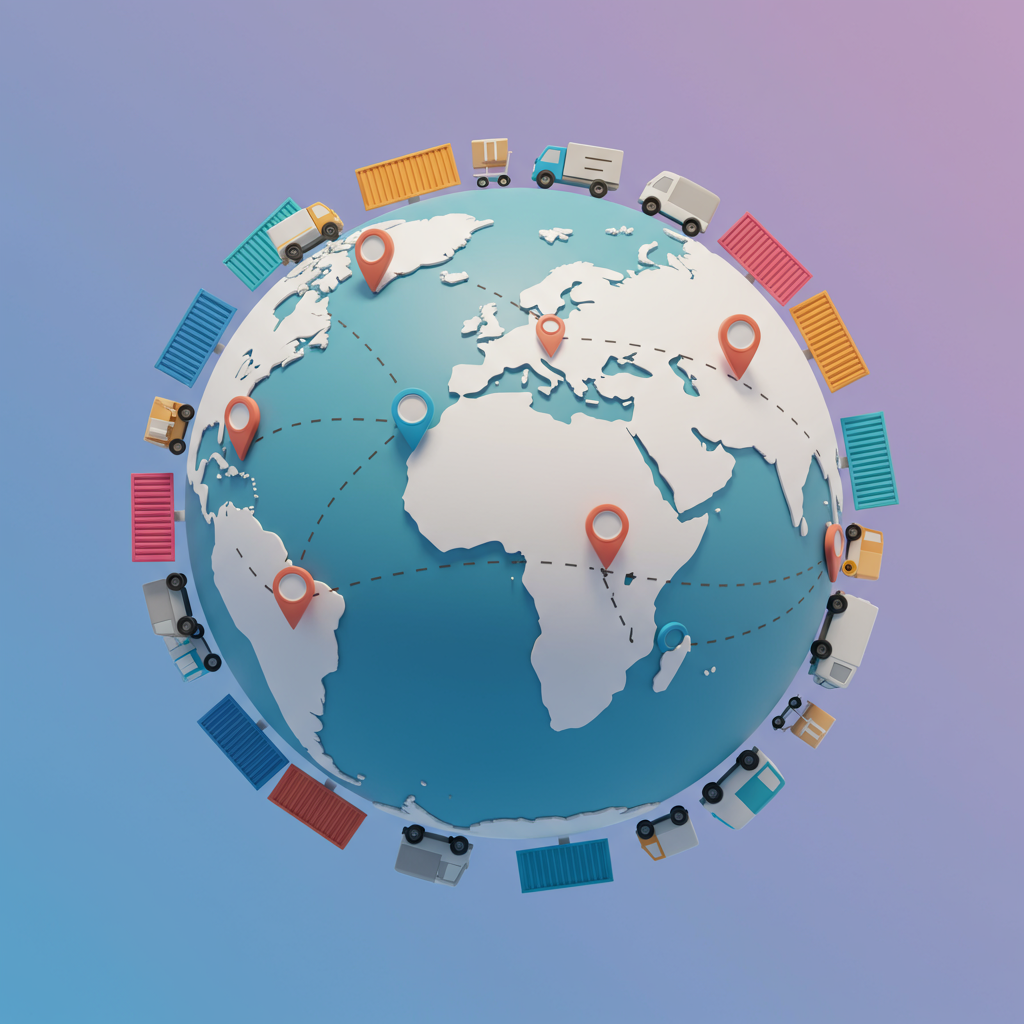Unlock new markets and delight customers worldwide with these expert tips.
As a Shopify merchant, I know the thrill of a new order. But what about when that order comes from halfway across the world?
Expanding your reach internationally is no longer just an option; it’s a powerful growth engine for your business.
The global e-commerce market is booming, and your products could be reaching customers you never imagined.
However, international shipping can seem daunting. There are customs, duties, taxes, and a maze of regulations to navigate.
But don’t worry, I’m here to guide you through the essential strategies to make international shipping on Shopify smooth and profitable.
My first piece of advice is to understand your target markets. Research their import regulations, popular payment methods, and preferred shipping speeds.
Choosing the right shipping carrier is paramount. Major players like DHL, FedEx, UPS, and even national postal services (like USPS, Royal Mail) offer various international services.
Each carrier has its strengths. DHL and FedEx are often excellent for speed and reliability, especially for express shipments.
UPS offers robust tracking and a wide network. National postal services can be more economical for lighter, less urgent parcels.
I always recommend comparing rates and services. Shopify’s built-in shipping features can help, but third-party apps often provide even more competitive rates.
Next, let’s talk about shipping rates. You have a few options: flat rate, calculated rates, or offering free shipping.
Flat rate shipping simplifies things for your customers, but you risk overcharging or undercharging depending on the destination.
Calculated rates, often pulled directly from carriers via Shopify, provide accuracy but can sometimes surprise customers at checkout.
Free international shipping can be a huge conversion booster, but you must factor the cost into your product pricing or absorb it as a marketing expense.
Customs declarations are non-negotiable. You’ll need a commercial invoice detailing the contents, value, and origin of your goods.
Correctly using Harmonized System (HS) codes is crucial. These international codes classify products and determine applicable duties and taxes.
Misclassifying an item can lead to delays, fines, or even seizure of your goods. I always double-check my HS codes.
Now, for the big one: duties and taxes. This is where DDU (Delivery Duty Unpaid) and DDP (Delivery Duty Paid) come into play.
With DDU, the customer is responsible for paying duties and taxes upon delivery. This can lead to unexpected costs and a poor customer experience.
DDP means you, the merchant, collect and remit these fees upfront. This provides a seamless experience for the customer, no surprises.
I strongly lean towards DDP where feasible. Tools and apps can help you calculate and collect these fees at checkout, making it transparent.
Proper packaging is also vital. International shipments endure more handling. Use sturdy boxes, adequate cushioning, and waterproof materials.
Clear and accurate labeling is essential. Ensure all necessary customs forms and shipping labels are securely attached and legible.
Tracking is not just a luxury; it’s a necessity for international orders. Provide customers with a tracking number so they can monitor their shipment’s journey.
Consider purchasing shipping insurance, especially for high-value items. It protects you against loss or damage during transit.
What do you think about this article so far? Is it helping you navigate the complexities of international shipping?
Returns and exchanges for international orders can be complex. Clearly outline your international return policy on your website.
Sometimes, it’s more cost-effective to offer a refund or send a replacement than to process an international return.
Localizing your Shopify store is another key strategy. Use currency converters and consider offering your site in multiple languages.
This makes the shopping experience more comfortable and trustworthy for international visitors.
Finally, excellent customer service is paramount. Be prepared to answer questions about shipping times, customs, and duties.
Managing customer expectations regarding delivery times is crucial, as international shipping can sometimes be unpredictable.
Many Shopify apps can streamline this process, from duty calculators to automated customs forms and multi-carrier shipping solutions.
By implementing these strategies, you’re not just shipping products; you’re building trust and expanding your brand’s global footprint.
Embrace the world of international e-commerce. It’s a vast market waiting for your unique products.






